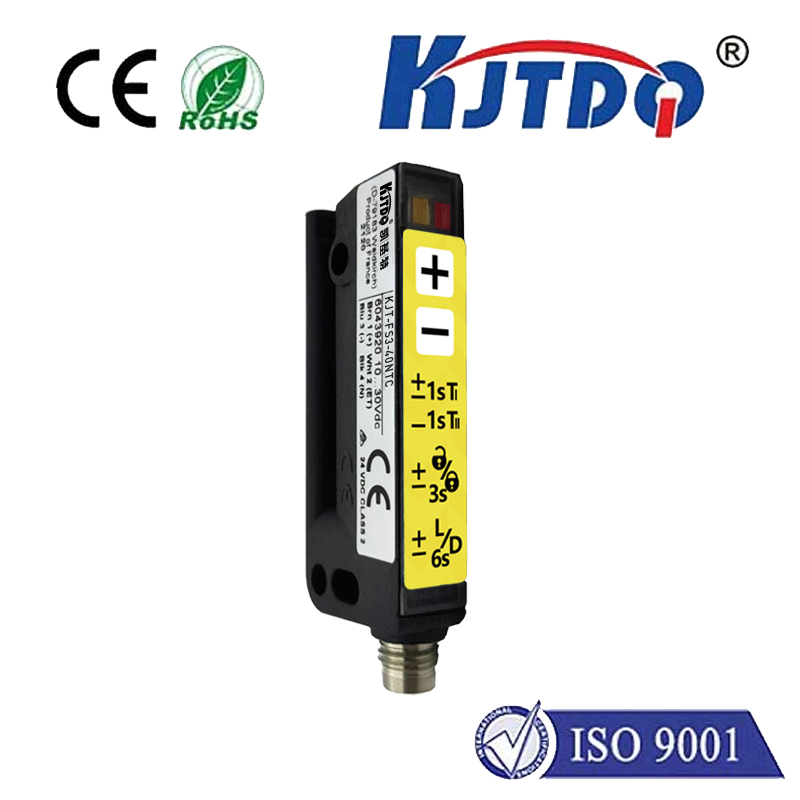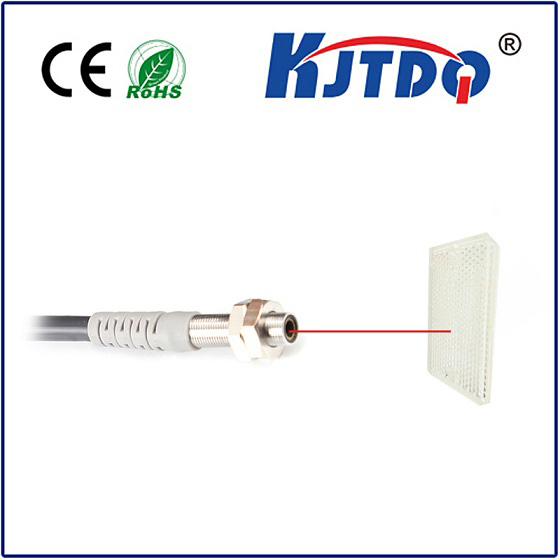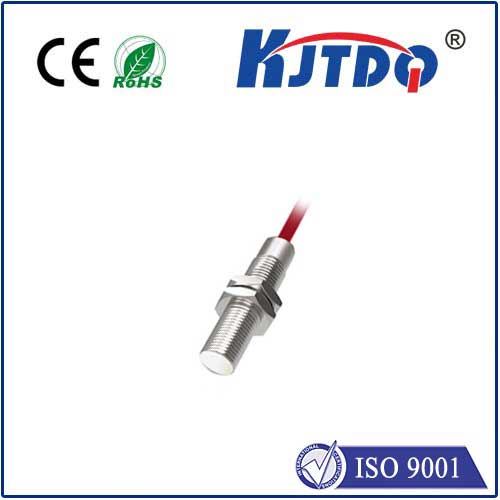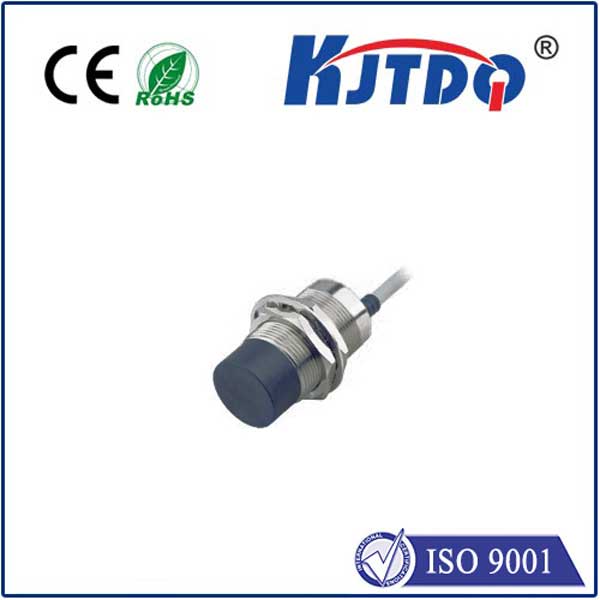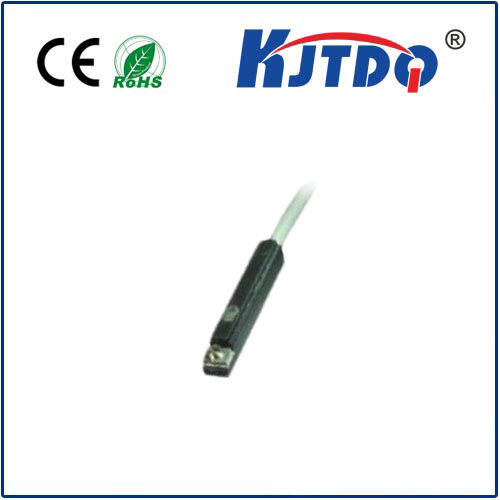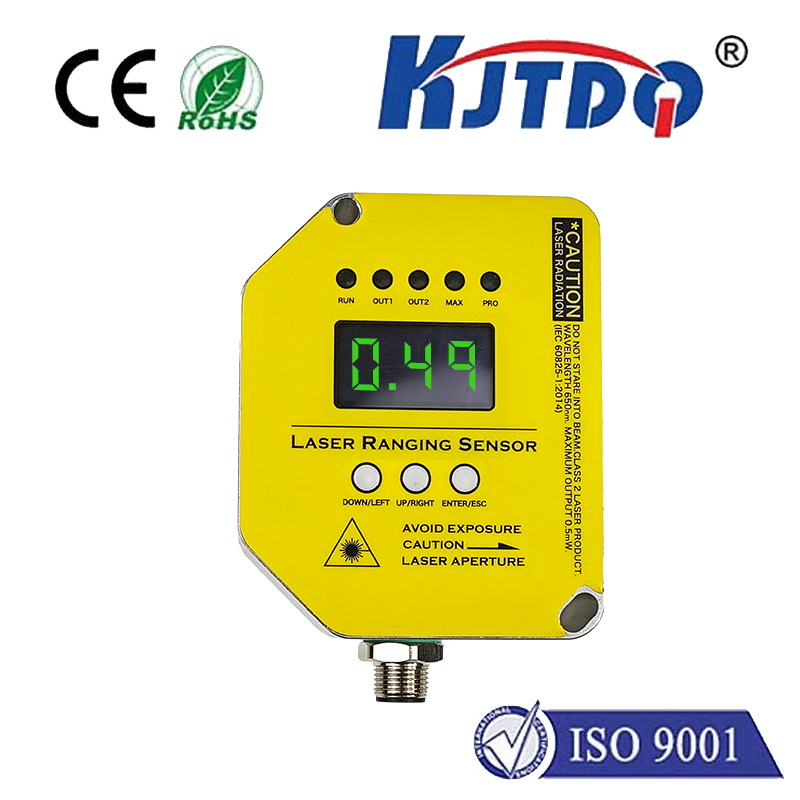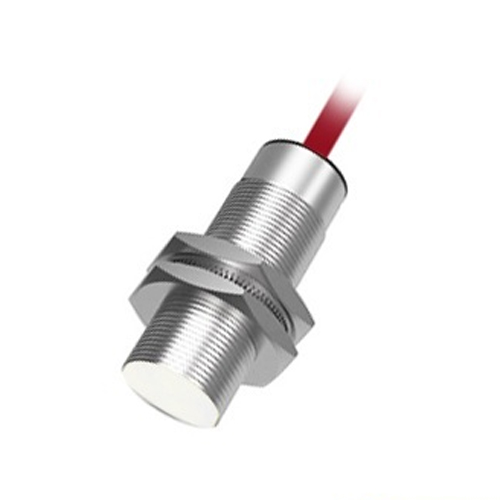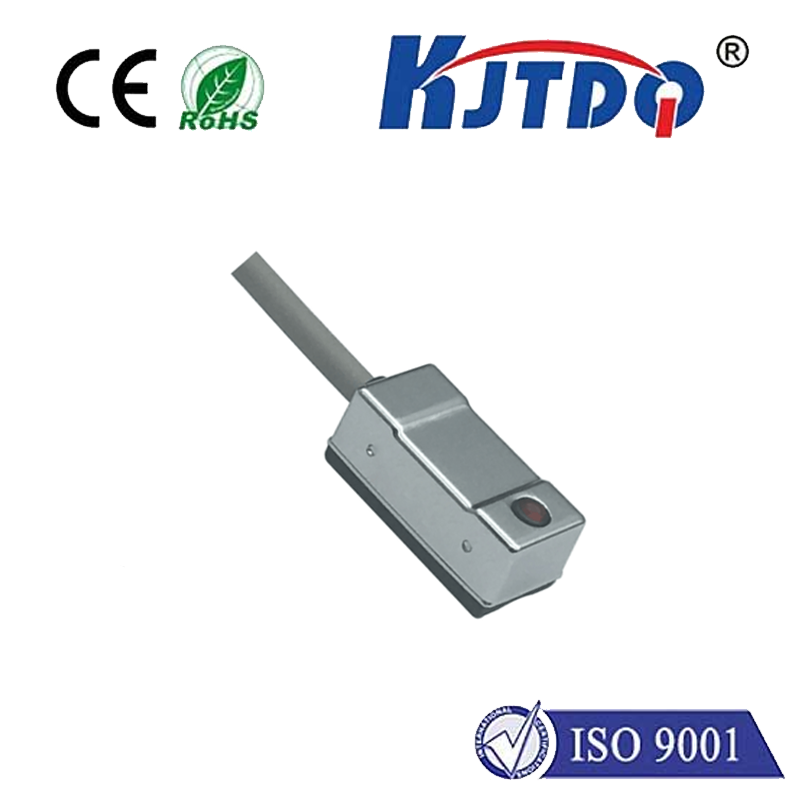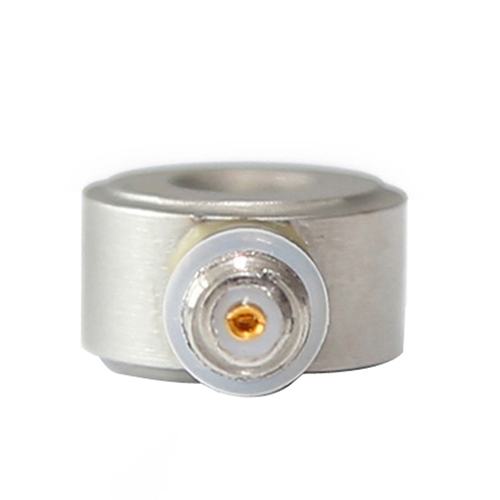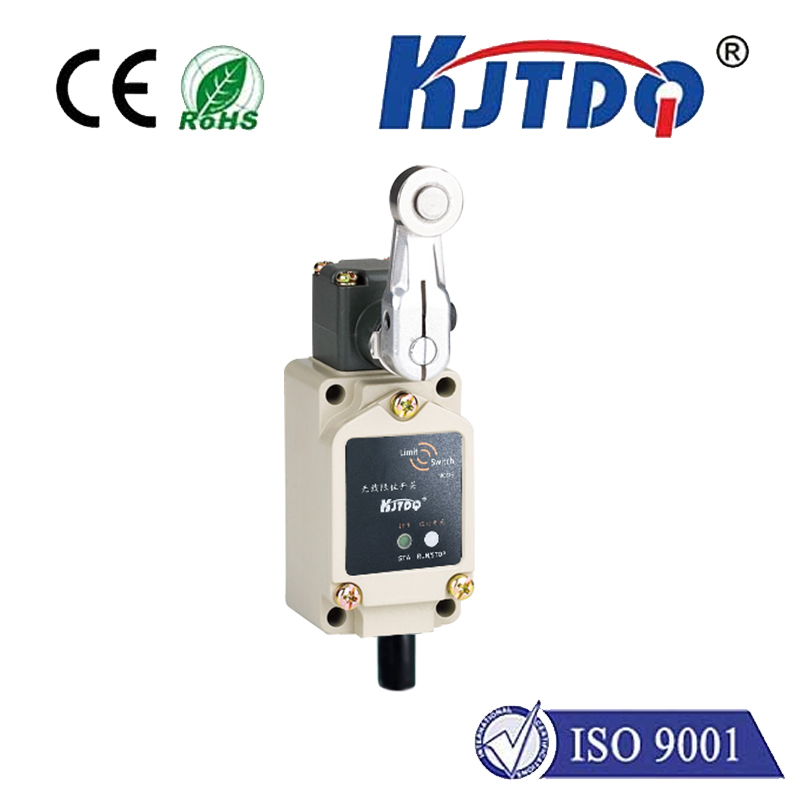

check

check

check

check
In a world demanding ever-smaller, smarter, and more efficient technology, tiny components often wield immense power. Nestled unseen within countless devices, from your smartphone to complex industrial robots, small inductive sensors perform crucial tasks with remarkable precision. These miniature marvels leverage the fundamental principles of electromagnetic induction to detect metal objects without physical contact, making them indispensable in modern engineering and automation. Their compact size unlocks possibilities where traditional sensors simply cannot fit, driving innovation across diverse fields.
Unveiling the Core Principle: Electromagnetic Detection
At their heart, small inductive sensors are non-contact detection devices. They operate based on Michael Faraday’s law of electromagnetic induction. Inside the sensor’s compact housing lies a coil energized with high-frequency alternating current. This coil generates an oscillating magnetic field emanating from its active sensing face.
When a metallic target approaches this field, eddy currents are induced within the metal itself. These swirling currents oppose the original magnetic field generated by the sensor’s coil. This opposition causes a measurable change in the sensor’s internal circuit – either dampening the oscillation amplitude or altering its frequency, depending on the sensor type. This detectable change is the core signal used to determine the presence or absence of the target object.

The Power of Being Small: Key Advantages
The defining characteristic – small size – isn’t just convenient; it unlocks significant advantages:
Compactness & Embeddability: Their miniature form factor allows them to be integrated into tight spaces where larger sensors would be impossible. Think inside intricate machinery, miniature electronic assemblies, or confined robotic arms. This enables smarter, more densely packed designs.
Precision Sensing: Small size often correlates with a small sensing field. This allows for high-resolution position detection and the ability to sense tiny metallic components or specific features on larger objects with great accuracy. They excel at detecting fine details or targets in close proximity.
High-Speed Operation: With minimal moving parts (often none) and rapid electronic response, small inductive sensors can detect targets at incredibly high speeds. This is vital in high-speed automation lines, packaging machinery, and robotics where milliseconds matter.
Robustness & Reliability: Sealed designs and the absence of physical contact make them inherently resistant to wear and tear. They shrug off dust, oil, vibration, and moisture (depending on IP ratings), delivering long-term reliability in harsh environments. This ruggedness is a major strength.
Simplicity & Cost-Effectiveness: Their operational principle is straightforward, leading to robust and generally economical designs. Installation is often simple, requiring just a power connection and output wiring.
Where Miniature Detection Makes a Macro Impact: Applications
The unique blend of small size, non-contact operation, and robustness makes small inductive sensors ubiquitous:
Industrial Automation: The undisputed king of applications. Used extensively for proximity detection of machine parts, end-of-arm tooling verification on robots, position feedback on linear actuators and cylinders (using metallic flags), counting metallic parts on conveyors, and detecting the presence/absence of metal components in assembly processes. Their ability to operate reliably near coolant, oil, and metal chips is crucial.
Automotive Industry: Found throughout vehicle manufacturing for part verification, robotic guidance, and assembly line control. Inside vehicles themselves, they can be used in non-critical position sensing tasks, gear detection, or brake wear monitoring systems (detecting small metallic wear indicators).
Consumer Electronics: Play roles in miniaturized devices like smartphones (detecting flip covers or stylus presence), laptops (lid open/close detection using a tiny metallic target), and domestic appliances for position sensing of moving parts (e.g., small metallic targets in damper systems).
Medical Devices: Employed in precision instruments for fluid level detection (using metallic floats or indicators), component presence verification in diagnostic equipment, and position sensing within compact automated analyzers. Their non-contact nature is essential for hygiene in many settings.
Packaging Machinery: Detect the presence of metallic lids, foil seals, or components on high-speed bottling and packaging lines, ensuring quality control. Their speed and reliability are key.
Intrusion Detection: Small, concealed versions can act as hidden security trip sensors, detecting when a metallic plate (like a door or window frame component) moves out of proximity.
Choosing the Right Miniature Sensor: Key Considerations
Selecting the optimal small inductive sensor requires evaluating several factors:
Sensing Distance: The maximum distance at which the sensor can reliably detect the specified standard target (usually a square of mild steel). Small sensors often offer shorter ranges (e.g., 0.5mm to 5mm), perfectly suited for their intended close-proximity tasks.
Target Material: Sensor performance varies with metal type. Ferrous metals (iron, steel) are detected at the nominal range. Non-ferrous metals (aluminum, brass, copper) typically have a reduced sensing range (often 50-60% of the nominal range). Specialized sensors exist for non-ferrous optimization.
Size and Housing: The physical dimensions and shape (cylindrical, rectangular, slot type) must fit the installation space. M3, M4, and M5 threaded barrels are common for small cylindrical sensors.
Output Configuration: Common options include NPN (sourcing), PNP (sinking), Normally Open (NO), or Normally Closed (NC) configurations, compatible with the control system (PLC, microcontroller).
Environmental Factors: Consider the required Ingress Protection (IP Rating) for dust/moisture resistance, temperature range, and resistance to chemicals or washdown conditions if applicable.
Mounting: Flush or non-flush mounting capabilities impact the sensing field shape and usable range in confined spaces. Flush-mountable sensors can be embedded in metal without affecting their field.
Driving Innovation Forward
The relentless trend towards miniaturization and increased intelligence in systems demands ever-smaller, more capable sensors. Small inductive sensors answer this call superbly. Their ability to provide reliable, contactless metal detection in constrained spaces empowers engineers to design more compact, efficient, and intelligent machines and devices. As materials science and microelectronics advance, we can expect these miniature electromagnetic detectives to become even smaller, smarter, and more versatile, continuing to underpin technological progress in countless unseen ways. Their silent vigilance ensures precision and reliability where size truly matters.
